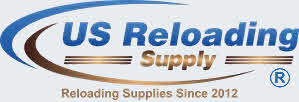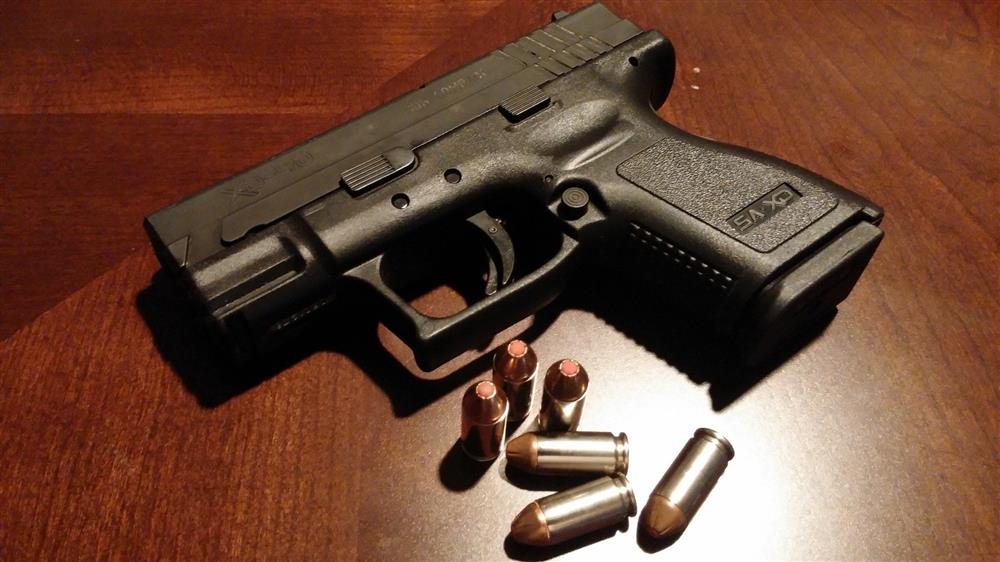How to Choose the Best Brass for Reloading
Keyword(s): best brass for reloading
Author: Anonymous
Most bullet cases boast an impressive lifespan, and can be reloaded multiple times. Certain specialty types of cases having potential reloads ranging from 40 to 50 times. Their longevity, however, isn't solely based on cartridge and powder charge. It hinges majorly on the quality you demand from your finished product.
So, what influences this quality? How can one discern and select the best brass for reloading? For avid shooters, knowing these answers isn't just about saving money; it's about optimizing performance.
Understanding the Importance of Brass Quality
If you've ever wondered about the secret to a gun's top-notch performance, brass quality is a significant part of the answer. Let's unpack why.
Every shot you take depends on numerous factors. The bullet's design, the gunpowder's consistency, the firearm's mechanism, and yes, the quality of the brass casing. The casing isn't just a container for the bullet and powder; it's a key player in how smoothly your firearm functions.
Think of it as the foundation of a house. If the foundation is weak, no matter how well-constructed the rest of the house is, it won't stand firm. Similarly, no matter the caliber of other components, if the casing isn't up to par, your shooting experience can suffer.
When you opt for the best brass for reloading, you're not just ensuring a longer lifespan for each case. You're also guaranteeing consistency in your shots.
High-quality brass resists cracking and warping, especially under the intense pressure and heat of firing. This resistance means each shot is uniform which leads to better accuracy and predictability.
Furthermore, brass quality directly affects the ease of reloading. Premium brass tends to resize more efficiently and has a higher tolerance for multiple reloads. This efficiency can save shooters time and reduce the hassle during the reloading process.
Lastly, safety should never be overlooked. Low-quality brass can lead to misfires or, worse, dangerous situations where the casing ruptures. This can not only damage your firearm but poses a risk to the shooter and bystanders.
Types of the Best Brass for Reloading and Their Benefits
Brass, the unsung hero of firearm performance, comes in different types. Each type offers its own set of advantages that cater to specific shooting needs.
New Brass
Fresh off the manufacturing line, new brass provides a clean slate. It hasn't faced the heat and pressure of firing, which means it's typically free from defects and deformities. This makes it a favored choice for precision shooters.
The predictability and consistent performance of new brass are hard to beat. Plus, it's a hassle-free option that doesn't require any immediate cleaning or preparation.
Once Fired Brass (OFB)
Arguably the most popular among reloaders, OFB offers a balance of affordability and quality. The term "once fired" doesn't necessarily mean it's been used just one time. Rather, it suggests that the brass has been used and is now available for reuse.
The benefits of OFB include its lower cost compared to new brass. Plus, after initial resizing and cleaning, it often provides performance similar to its newer counterpart.
Military Surplus Brass
Originating from military sources, this type of brass tends to be robust and durable. However, it often has crimped primers, meaning you'll need to spend extra time preparing it for reloading. The allure of military brass is its reliability and availability in bulk.
Commercial Brass
This brass comes from commercial ammo producers and is designed for general civilian use. It's versatile and caters to a broad spectrum of shooting needs. One of its standout features is its uniformity which makes it relatively straightforward to reload.
Brass and Bullets for Reloading: A Dynamic Duo
When you think about reloading, two main components come to the forefront: brass and bullets. These two elements hold a partnership that's pivotal to the world of shooting. Just like a good dance partnership where both partners need to be in sync, brass and bullets for reloading need to complement each other to ensure top-notch performance.
Brass is the sturdy container that houses the powder and bullet, but its role doesn't stop there. Its shape, size, and quality directly impact the accuracy and consistency of your shots.
Poor quality brass can lead to misfires or even damage to your firearm. Quality matters, and when it comes to reloading, you want to ensure you're using the best brass to guarantee consistent performance.
But what's brass without its partner, the bullet? Bullets, often referred to simply as the "tip" in the reloading community, are the projectiles that get fired. They come in various shapes, sizes, and materials.
The bullet you choose can influence the trajectory, accuracy, and overall impact of your shot. Hence, understanding the synergy between the brass and the bullet becomes essential.
The relationship between brass and bullets for reloading is simple, yet intricate. They must fit together perfectly. The bullet must be seated in the brass casing correctly to ensure it fires smoothly. If there's a mismatch or if the bullet isn't seated right, you risk poor performance or even potential hazards.
Cleaning and Maintenance of Brass for Optimal Reloading
For those who love the art of reloading, the brass casing is more than just a container for bullets. It's a vital component that, with proper care, can be reused many times. Cleaning brass for reloading is an essential step in ensuring that your rounds fire correctly and safely.
Why is cleaning so important? Over time, brass casings collect dirt, grime, and residues from the gunpowder. This can cause a decrease in performance and even lead to misfires if not addressed.
Clean brass not only looks better but also fits more snugly in your firearm and interacts more efficiently with other components.
One popular tool that comes in handy in this cleaning process is the brass reloading tumbler. This device helps shake off the unwanted residues from your brass casings, using either dry media like walnut shells or wet media.
The result? Brass that looks almost as good as new, ready for another round of shooting. Using a brass reloading tumbler is not only efficient but also saves you a lot of time compared to manual cleaning methods.
Beyond cleaning, regular inspection of your brass is crucial. Look for any signs of wear, like thinning walls or cracks. These can make the brass unsafe for reloading.
If you spot any damaged or overly worn brass, it's best to set it aside and not reuse it.
Mistakes to Avoid When Reloading
Reloading bullets and brass is both an art and a skill that requires precision, patience, and knowledge. But like all skills, there's a learning curve.
Many reloaders, both new and seasoned, can sometimes make mistakes. These errors can lead to not only wasted materials but also potential safety hazards. Let's explore some common mistakes and how you can sidestep them.
Not Verifying Powder Measures
One of the most critical steps in reloading is ensuring the correct amount of powder goes into each casing. Using too little or too much can lead to problems.
It's easy to think that once you've set your powder measure, you're good to go. However, occasionally checking and verifying the weight of your powder charges can prevent this mistake.
Ignoring Case Inspections
The brass casing is a vital component when reloading bullets and brass. Ignoring signs of wear or damage on the brass can be a recipe for trouble. Always examine your casings carefully.
Look out for splits, cracks, or other deformities. A damaged case can lead to misfires or, worse, damage your firearm.
Overlooking Primer Seating
Primers need to sit just right. If they're seated too deeply or not deep enough, it can affect how the bullet fires.
A common mistake is not paying attention to how the primer fits. Always make sure the primer is seated correctly and consistently.
Using Mismatched Components
It might seem like a no-brainer, but it's worth mentioning. Ensure that the bullets, primers, and brass you're using are compatible. Using mismatched components can result in rounds that don't fire or, even worse, can be dangerous.
Skipping the Manuals
Manuals exist for a reason. They provide crucial data and guidelines for safe reloading.
Some might feel they've outgrown the need for manuals or can rely on memory. Still, referring back to trusted reloading manuals, especially when trying something new, is a wise choice.
Not Keeping a Clean Workspace
A clean workspace is about more than just tidiness. Powder spills, stray primers, and other debris can become hazards. Regularly cleaning your workspace and organizing your tools and materials will ensure a smoother and safer reloading process.
Over-relying on Digital Scales
While digital scales are handy, they aren't infallible. Batteries can die, and electronic devices can malfunction. It's always a good idea to have a backup manual scale and to occasionally cross-check measurements between the two.
Maximize Your Reloading Success
Choosing the best brass for reloading is not merely about frequent reuse; it's about achieving consistent, optimal performance with every shot. At US Reloading Supply, we stand by the quality of our products because we've tested them firsthand.
Born from a passion for quality and an understanding of a shooter's needs, our inventory is tailored for both beginners and pros. For those eager to optimize their reloading practices and outcomes, browse our extensive range today.


